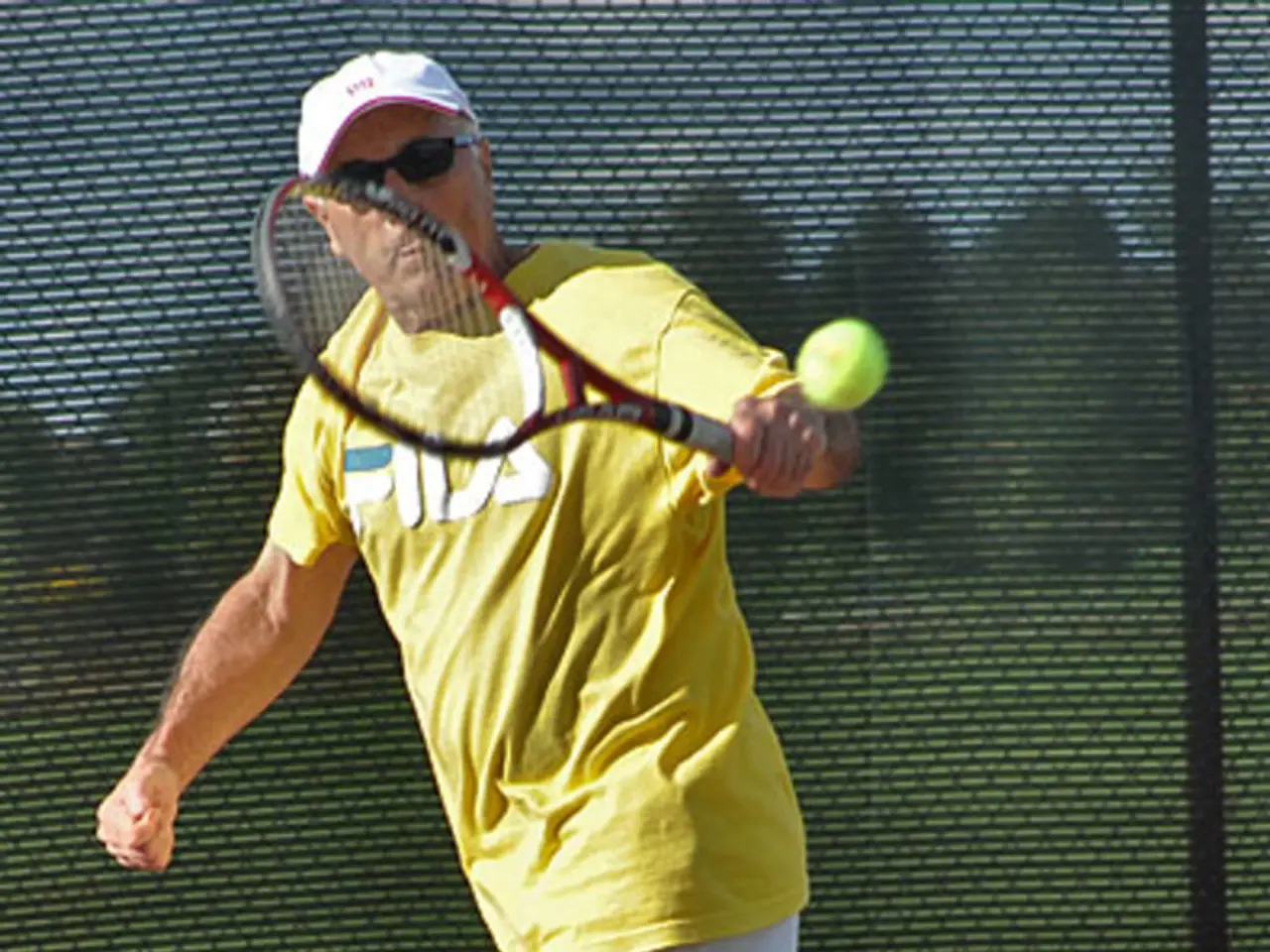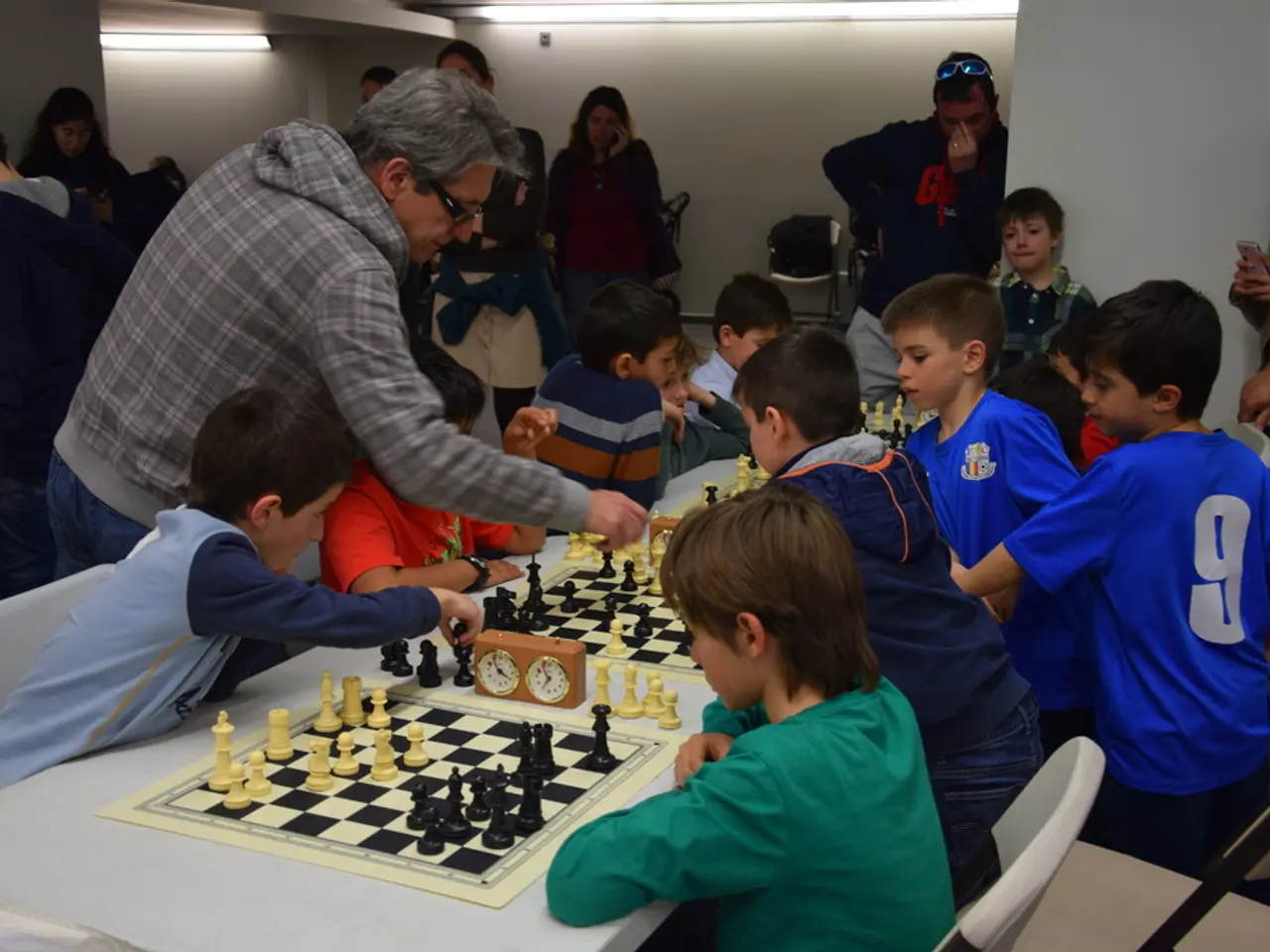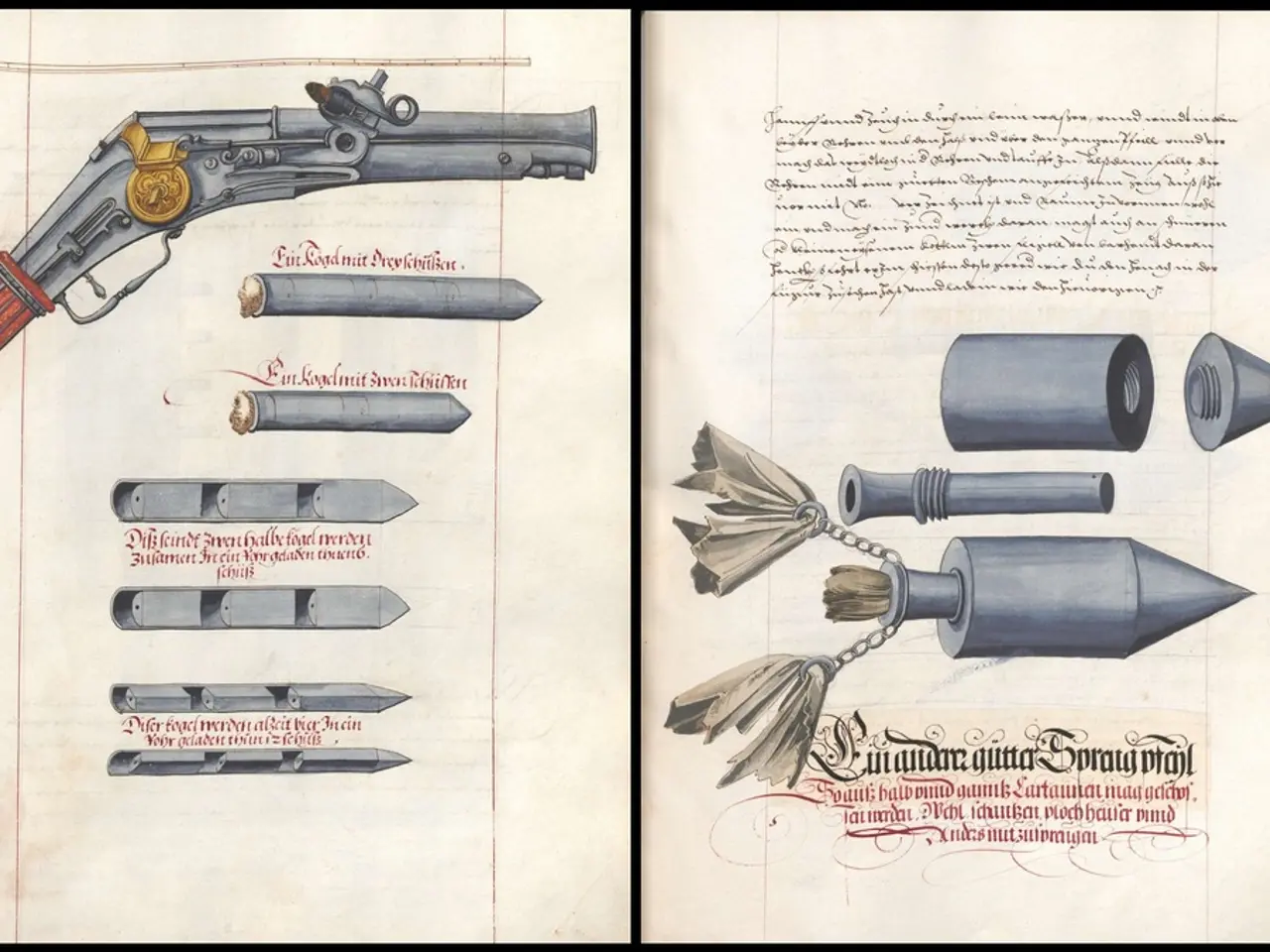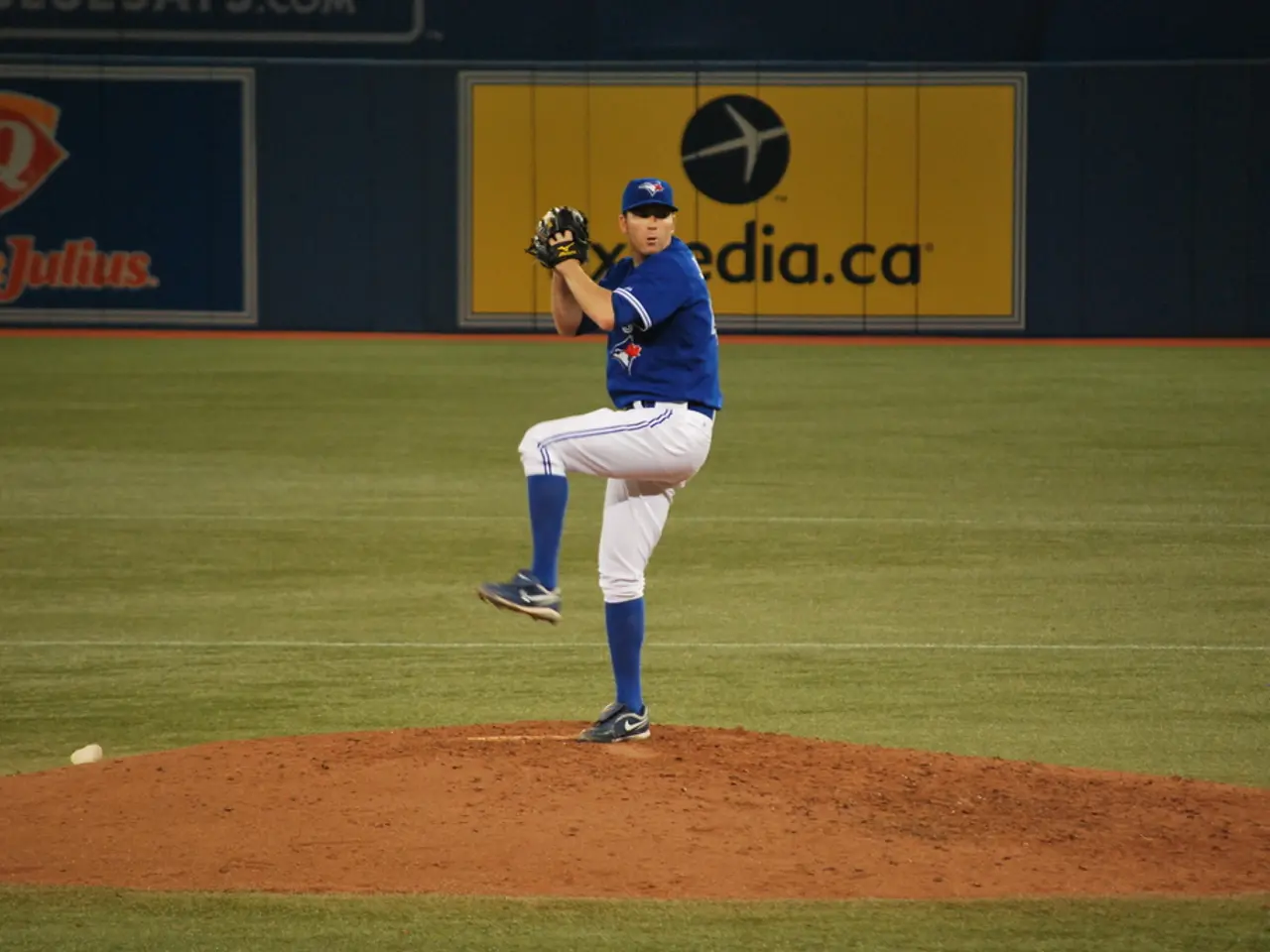"Expiring in the dark silence:" Living the life of a professional tennis player
In a bold move to redefine the financial landscape of tennis, the Professional Tennis Players Association (PTPA) has launched a campaign aimed at challenging the current system of player remuneration. The association, led by former player Noah Rubin and representative Nassar, seeks to secure a larger share of tournament revenues, particularly from the Grand Slams, and break the perceived monopoly-like control of tennis governing bodies over the sport.
The PTPA's 163-page legal complaint, filed under antitrust laws, accuses tennis bodies such as the ATP and WTA of suppressing competition, manipulating prize money, and imposing restrictive ranking systems to control players and limit their earning opportunities outside official tours.
One of the key concerns highlighted by the PTPA is the distribution of revenue from Grand Slam events. Despite generating over £400 million in revenue, Wimbledon, the most prestigious Grand Slam, allocates only about 13% of its revenue as prize money, significantly lower than the approximately 22% revenue share offered by the ATP and WTA tours.
The PTPA argues that given the importance of Grand Slams in players’ careers, organisers should contribute a larger portion of their substantial revenues to players. Commercially, the PTPA has partnered with Winners Alliance, a for-profit affiliate, which has raised around $10 million for the union in sponsorship and licensing in the past year, indicating their strategy to leverage significant commercial backing to push for more player-friendly financial terms.
The PTPA's battle is compared to a "LIV Golf-style breakaway" effort, signifying their willingness to challenge the existing governance and financial arrangements aggressively to increase players’ earnings and control over their careers.
Meanwhile, Rubin, one of the plaintiffs in the lawsuit, believes the sport needs to come clean about the costs and sacrifices involved in tennis. He questions the happiness and stability in tennis, concluding that there is none. Rubin also redefined success as a tennis player, stating that very few people make it, and the percentages are so small.
The reality of tennis, often perceived as a glamorous and lucrative sport, is often the opposite. Many players don't even win enough prize money to offset their costs, leading to anxiety and depression. Hundreds of professional tennis players struggle to make ends meet while traveling from tournament to tournament, covering their own expenses, including flights, accommodation, and salaries for their support team.
In light of these challenges, the PTPA's lawsuit aims for "real and lasting change" and not just for the next few years. Nassar, a representative of the PTPA, stated that they are fighting for a fairer distribution of wealth in tennis, ensuring that players are rewarded commensurate with their skills, efforts, and contributions to the sport.
As the PTPA's crusade unfolds, the future of tennis finance seems poised for a significant shift, potentially aligning it more closely with other major sports where players receive a higher percentage of event revenues.
The Professional Tennis Players Association (PTPA) has partnered with Winners Alliance, garnering around $10 million in sponsorship and licensing, demonstrating their ambitious strategy to use commercial backing in challenging the current financial arrangements in tennis.
America, watching the PTPA's campaign, observes a potential shift in tennis finance, similar to the changes shaking up the world of sports like media and technology.
If successful, this battle could redefine the distribution of revenue in tennis, bringing it closer to the levels seen in other major sports, such as a larger portion of Grand Slam event revenues going directly to players.




